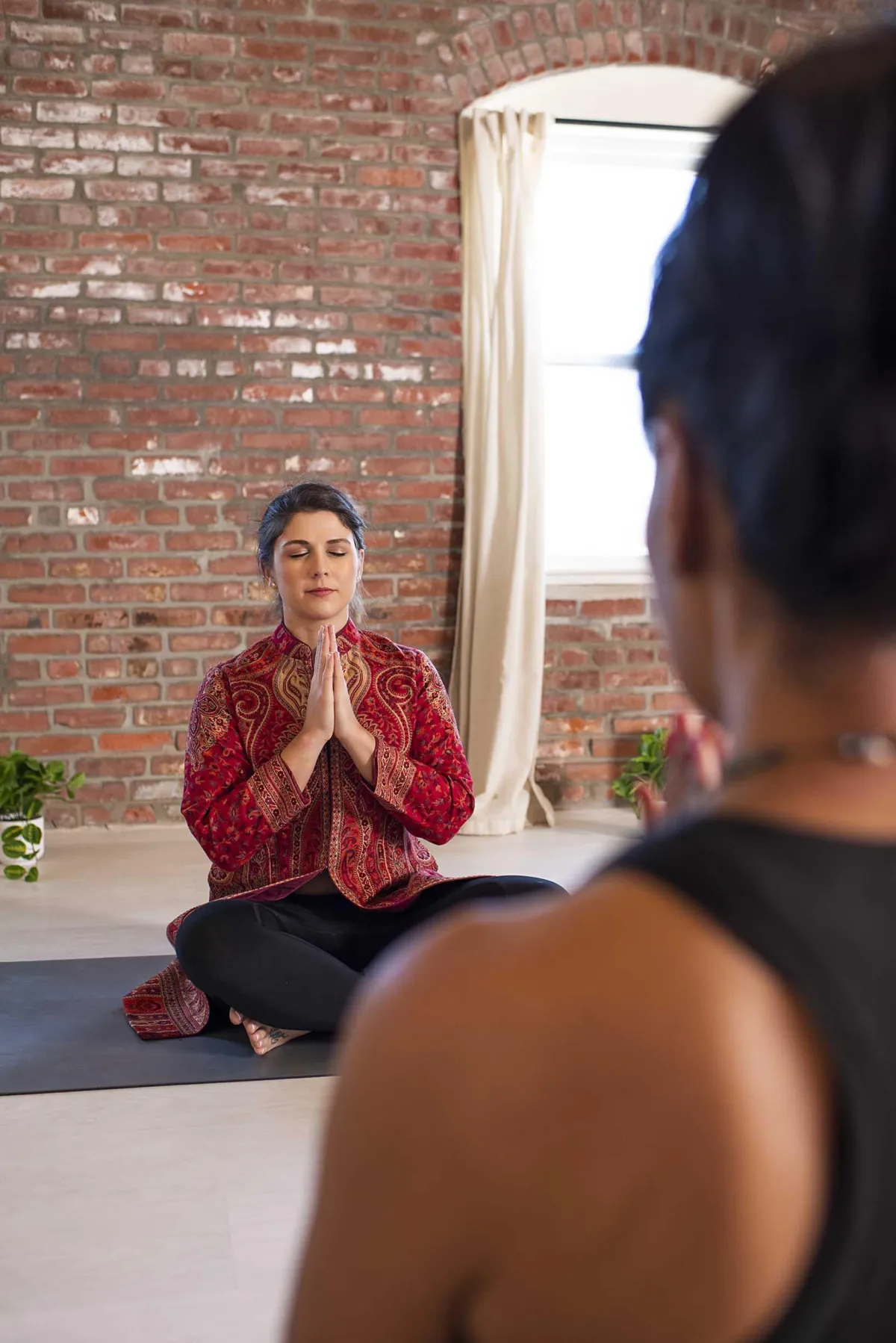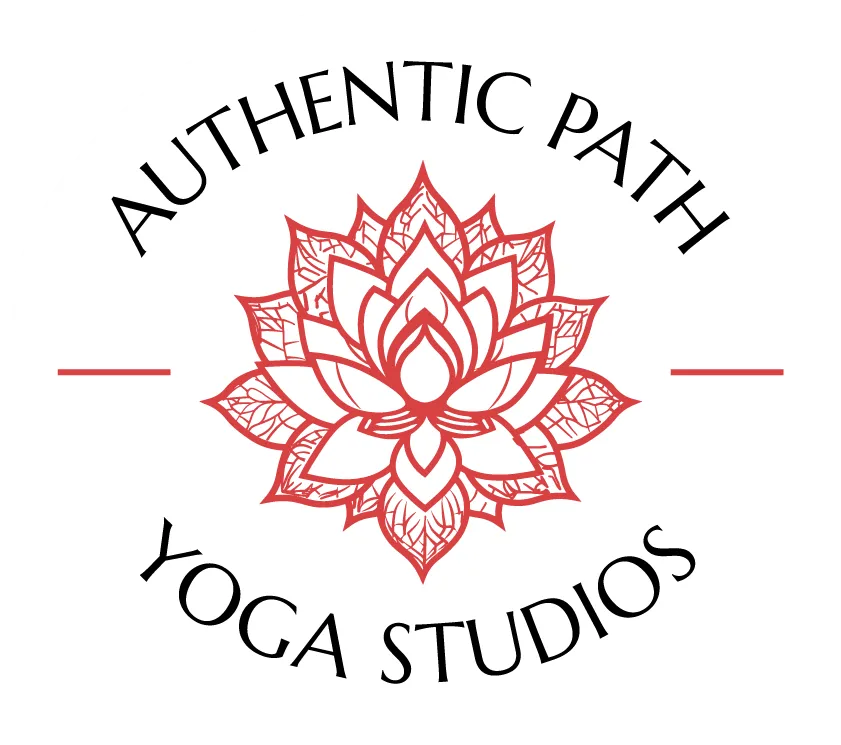Why Group Yoga Isn’t for Everyone and What To Do Instead
How Personalized, In-Home Yoga Supports Healing on Your Own Terms
Why Group Yoga Isn’t for Everyone and What To Do Instead
How Personalized, In-Home Yoga Supports Healing on Your Own Terms
Let’s be real—balancing a career or building a business while trying to care for your physical, mental, and emotional well-being can feel like an endless game of catch-up. And if you're living with a chronic condition, that balance can feel even more out of reach.
Yoga is often recommended as a go-to tool for managing stress and improving well-being. But if you’ve ever left a group class feeling worse, not better, you’re not alone.
As a yoga instructor, I’ve seen how one-size-fits-all approaches don’t work for everyone—especially for those whose bodies need more nuance, care, and adaptability. While I’m not a medical professional, my firsthand experience teaching has shown me how yoga, when personalized, can play a meaningful role in someone’s healing journey.
My Client’s Experiences: Navigating POTS with Yoga
One of my clients lives with POTS (Postural Orthostatic Tachycardia Syndrome), a condition that affects blood flow and the nervous system. "In most patients, the heart’s size and mass are disproportionate, leading to reduced plasma and blood volume, often resulting in limitations to physical activity (Qi, Levine. 2018)."
Like many others, she was encouraged to try light movement. But stepping into a traditional class—where the pace is fast, modifications are rare, and instructors aren’t familiar with her condition—wasn’t just unhelpful, it was risky. Even foundational poses like Downward-Facing Dog, common in most vinyasa classes, aren’t accessible to her due to the need to keep her head above her heart.
I work with her through private yoga sessions in the comfort of her home. Each session is thoughtfully tailored to meet her needs in the moment—whether that’s calming breathwork during a flare-up, gentle stretches to release tension, or seated movement to support circulation. We start with a plan, but always leave room to adapt.
Here’s what I want every ambitious woman to know: You don’t have to fit into a box to benefit from wellness. Building your practice with the right support can be the most empowering thing you do!
4 Tips for Making Movement Work for You
1. Prioritize the setting.
A space that feels safe and familiar can dramatically reduce physical tension and nervous system overload. Whether it’s your living room, backyard, or even a quiet office break room, choose spaces that work for your body, not just the vibe.
2. Customize your practice and ask for professional support.
There’s a lot of professional guidance about modifications you can make for your wellness practice. Can’t stand for long? Try a chair-based routine. Headaches triggered by inversion? Skip poses like Downward-Facing Dog. Need support? Seek out healthcare providers who understand how to build from your baseline.
3. focus on nervous system regulation, not just flexibility
Movement can be a powerful way to regulate your nervous system, especially for those with conditions tied to dysautonomia, fatigue, or pain. “Physical reconditioning with regular exercise is the cornerstone of treatment for POTS, especially in the chronic state when physical disability has been compounded by cardiovascular deconditioning (Qi, Levine. 2018)." Practices like restorative yoga, breathwork, and even intentional rest can be just as productive as a workout.
4. honor your energy like a budget.
Running a business or climbing the corporate ladder with a chronic condition requires tradeoffs with your energy. If you haven’t heard of the spoon theory, this is a good metric for understanding this concept! A full vinyasa class might cost more energy than it’s worth if the rest of your day is very busy. Opt for small, sustainable routines you can stick to, like 10 minutes of stretching in the morning or breathwork before bed.

In Conclusion
There are thousands of classes and apps out there. But not all of them were built with folks who have chronic conditions in mind.
Your path to healing, wellness, and success doesn’t have to look like anyone else’s. You get to choose what supports you, whether that’s in-home yoga, gentle strength-building, a walk around the block, or even just permission to rest. You don’t have to do all this alone, though. As an intentional yoga instructor, my mission is simple: meet you where you are and support your healing on your terms.
References:
Fu, Q., & Levine, B. D. (2018). Exercise and non-pharmacological treatment of POTS. Autonomic Neuroscience, 215, 20–27. https://doi.org/10.1016/j.autneu.2018.07.001

